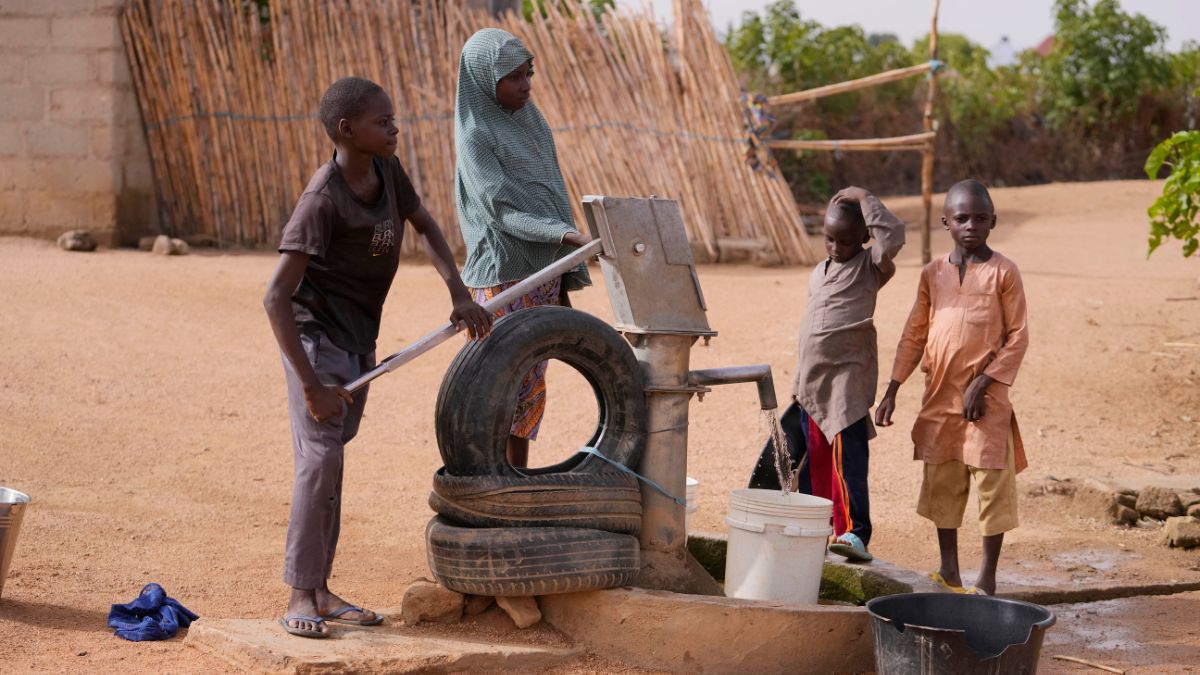Several countries around the world including India are facing a severe water crisis, according to a report by the World Resources Institute. Delhi alone is facing a shortage of 70 million gallons per day (MGD).
Millions of families are being exposed to the threat of waterborne diseases, dehydration and in some cases even death. At least 25 per cent of the world does not have access to drinking water, and billions more don’t have access to safe sanitation.
The United Nations has predicted that by 2025, 1.8 billion people will be living in countries or regions with absolute water scarcity. The global water crisis stems from various factors, including growing population, increased water consumption, poor resource management, climate change, pollution, and lack of access due to poverty and inequality.
Women and children often bear the burden of travelling distances to fetch water for households. Meanwhile, contamination from human waste, industrial activities, and agricultural runoff also threaten water quality and safety. Water scarcity poses risks to health, sanitation, food production, energy generation, economic growth, and political stability worldwide.
Let’s take a closer look at the major crisis facing the world:


)

)
)
)
)
)
)
)
)



